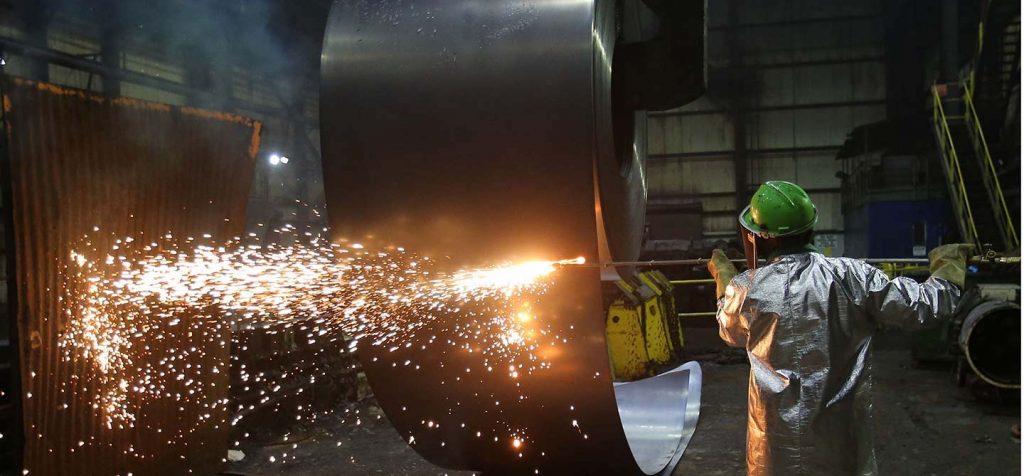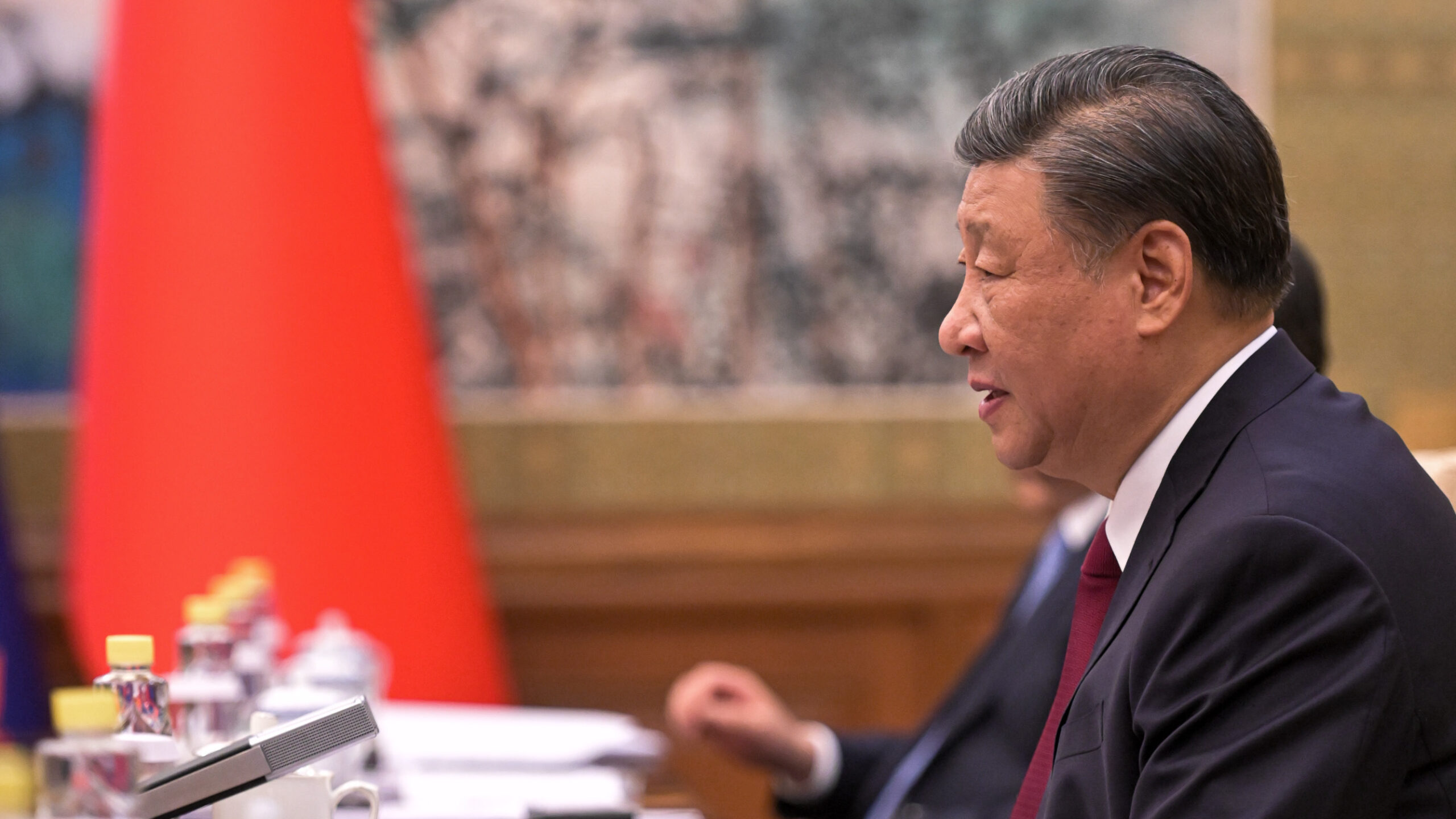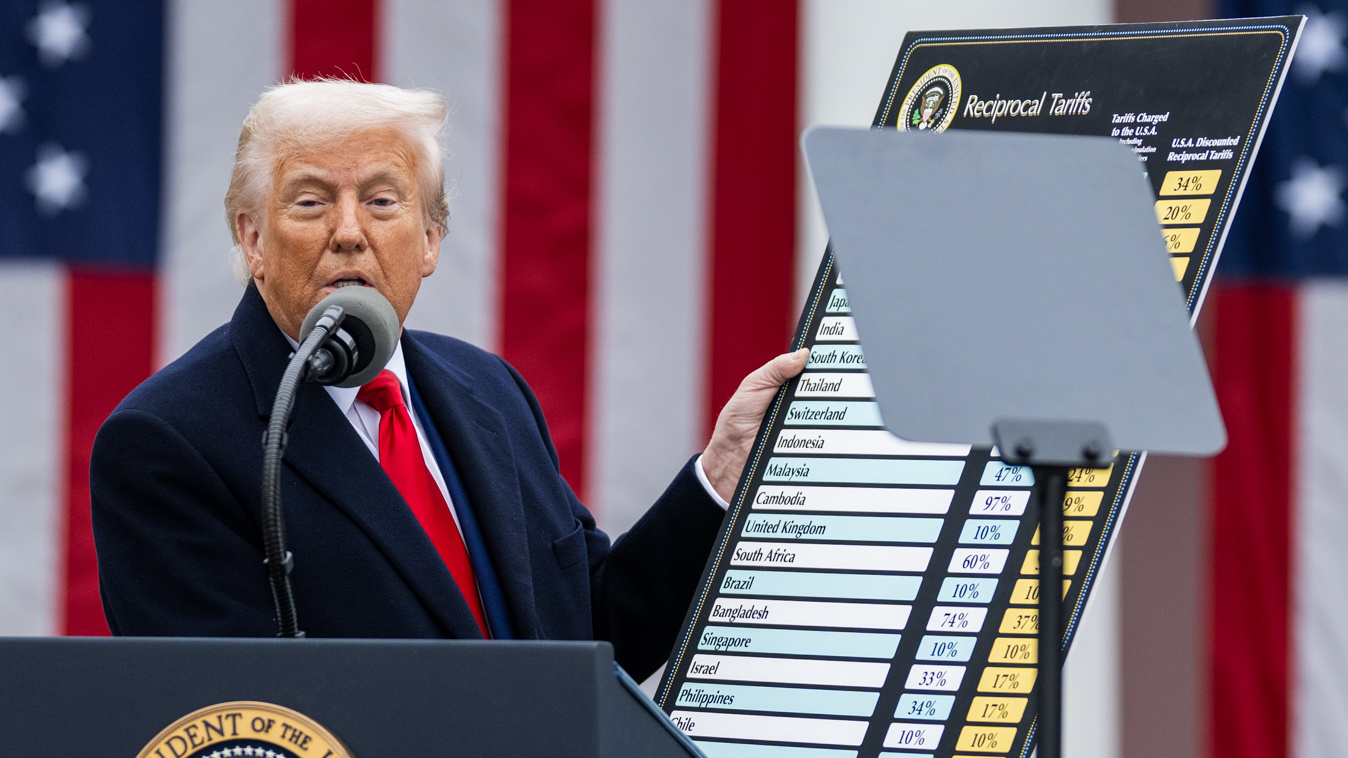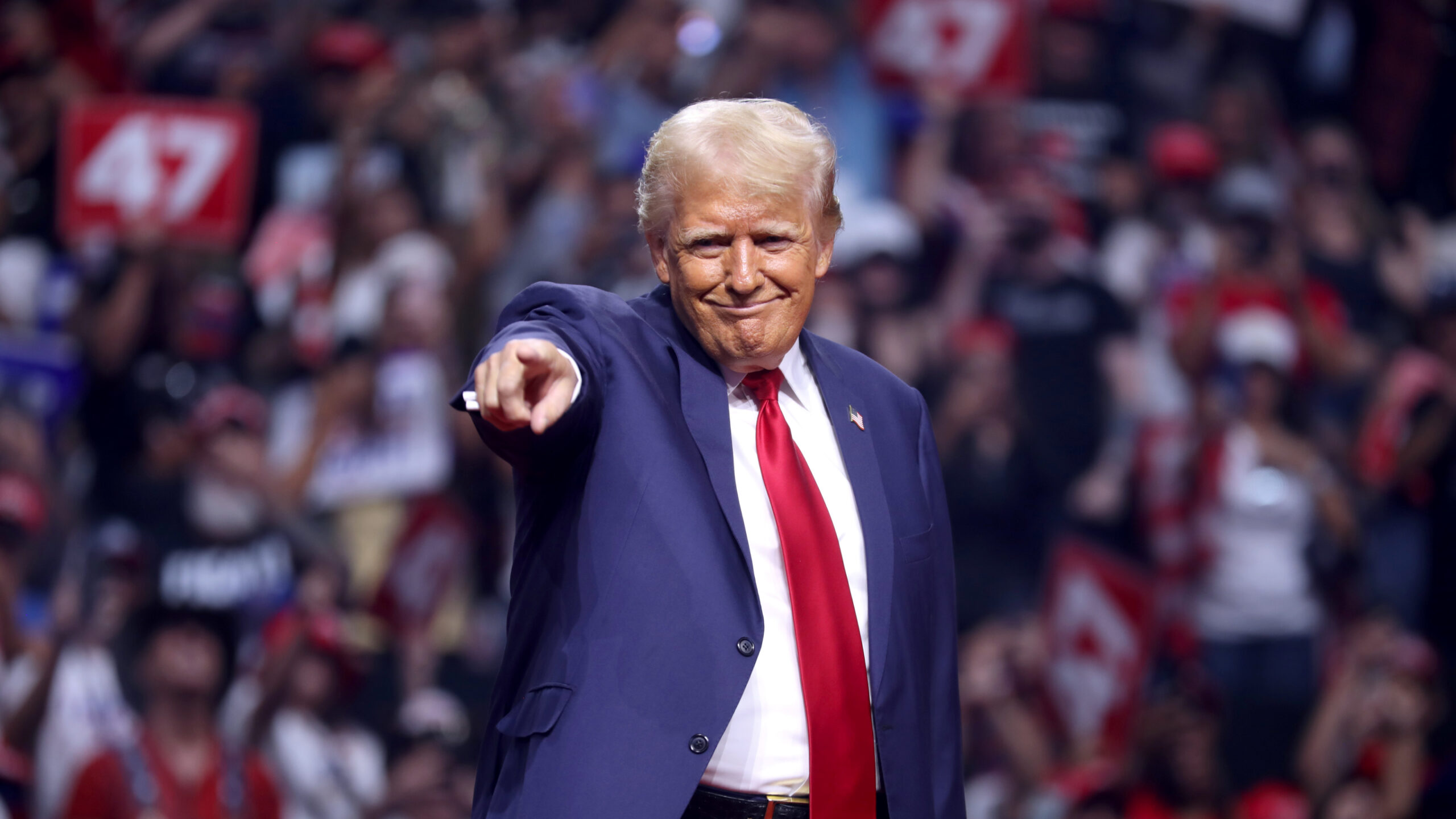CPA’s updated economic model finds more than 2 million jobs created
Washington. Despite pessimistic predictions from many economists, the administration’s steel tariffs are creating US jobs and stimulating growth, according to a new economic model produced by the Coalition for a Prosperous America (CPA). CPA’s economic team found that the steel tariffs, in combination with other economic policies, will drive growth of 2.1 million additional jobs in 2018 over the baseline forecast. An additional 1.2 million jobs are expected to be created annually in the years 2019 through 2021.
“This ground-breaking economics study by the CPA Economics team shows that the steel tariffs are benefiting the US economy,” said CPA Chairman Dan DiMicco. “The same is true for other tariffs implemented this year. If we continue to follow rational trade policies, the benefits will be felt by every worker, farmer, and shareholder in the US.”
CPA Research Director Jeff Ferry said, “The performance of the US economy since the steel tariff was implemented in March has been outstanding, with over a million more jobs in the US economy today than in March, and GDP growth roughly half a point higher than economists had predicted.
“Most trade models got this wrong due to mistaken assumptions about how the economy would react to the tariffs. Our improved economic model corrects some key mistakes in standard economic models and incorporates actual economic results rather than assumptions. The results forecast that the steel tariffs, in combination with other economic policies, will create some 2 million jobs this year, with another million more to come next year. We hope these modeling improvements will provide some much-needed reality in the debate over tariffs.”
When the Trump administration implemented tariffs on steel and aluminum imports in March 2018, many economists forecasted losses of 200,000 or more jobs. But Ferry notes that the US economy is currently creating new jobs at a rate of roughly 200,000 each month, consumer price increases have not occurred, and wages are now rising.
The divergence between such dire warnings and actual, positive job and GDP growth has been striking. Ferry says that many economic models generated misleading results by unrealistically assuming nothing else would change in the economy. CPA improved the standard economic modeling by using a multi-step approach that included current economic conditions for both GDP and employment as of year-end 2017. The CPA model then factored in 2018 data from the Congressional Budget Office (CBO) as well as actual pricing data across 75 consumption categories (through October 2018) and updated investments and capacity in the steel industry.
The result is a more accurate forecast of US economic growth and employment growth. “Standard models rely to an excessive degree on a falloff in consumption when consumer prices rise,” Ferry explained. “This has turned out to be wrong, because consumer prices by and large haven’t risen in response to the tariffs, and also because standard models miss the expansionary effects of a steel industry that is growing and investing in local communities.”
One of the key findings of CPA’s research has been that while tariffs have led to a rise in steel prices, the increases have been absorbed by steel-using industries with minimal negative effect on demand and profitability, and often with positive effects. The Federal Reserve’s latest Industrial Production report shows that US manufacturing output was up 2.7 percent year-on-year, with strong production increases in steel-using industries such as machinery (6.9 percent growth) and aerospace (4.0 percent growth).
CPA’s metal-using members report similar increases in sales, output, and employment. The steel tariff has also triggered strong investment in steel production, worth some $3 billion nationally. Corporate management in the steel industry also expects some 3,300 new steel jobs, with secondary jobs to follow.
CPA’s research team believes that other economists should strongly consider adopting similar improvements to their standard models.
Click here to read CPA’s White Paper on the steel tariffs.












